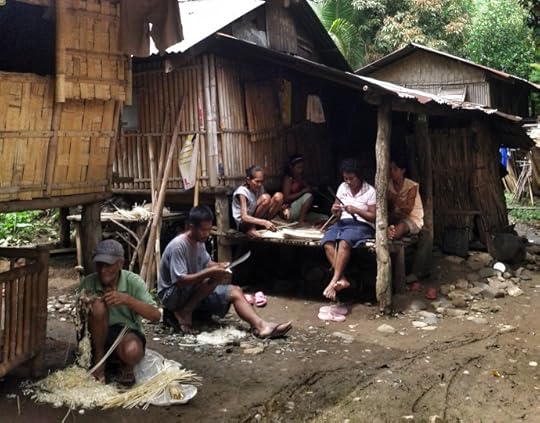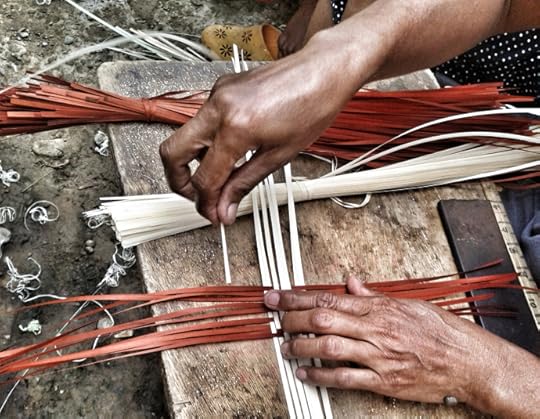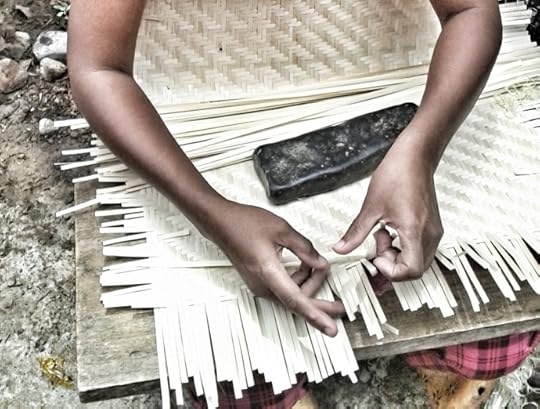Abra, The Philippines: The Tingguians, Bamboos, and the Art of Dyeing
Abra is a province in the Cordillera Administrative Region (CAR) that is notorious for its records of election-related violence more than any other thing. Development is slow in this province and not much is really happening inside. It is, therefore, not at all surprising that this place is not one of those that would be in your priority of places to see in the Philippines: to mention that you are going to Abra to other Filipinos will surely invite some stare of judgment and even dissent.
How did we, on the other hand, see Abra?
What led us to Abra in July 2013 is to feature its “natural dye makers” — the indigenous highland people called Tingguians – for What I See travel photography show.
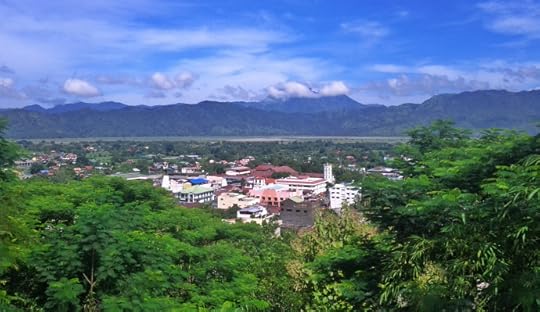
The view of Bangued, the capital town of Abra, from the top of the Cassamata Hill National Park.

Right after the storm: International photographer Francisco “Paco” Guerrero, the host of What I See, scouting the surroundings of the Calaba Bridge and the Abra River basin for the best capture there is to find.
The Bamboo Split Weavers
The Tingguians, also called Isneg, are engaged in various crafts. The most important of which is bamboo crafts production. It is for this reason that Abra is aggressively positioning itself as the “Bamboo Capital of the Philippines”.
The Natural Dye Makers
In documenting the production of natural dyes from plants, the team went to the Tingguian village of Namarabar in Penarubia, a town an hour away from the capital Bangued.
Norma Agaid, a Tingguian elder and the sister of the ‘Father of Philippine Natural Dyes’ Luis Agaid, explained which plants yield what kinds of colours: mahogany for red, jackfruit and ginger for yellow, the malatayum plant for indigo, the narra tree for brown, among others.
“Of all the mountain tribes in the Philippines, we have the most number of colours. We only get these colours from sources present around us“, she proudly said.
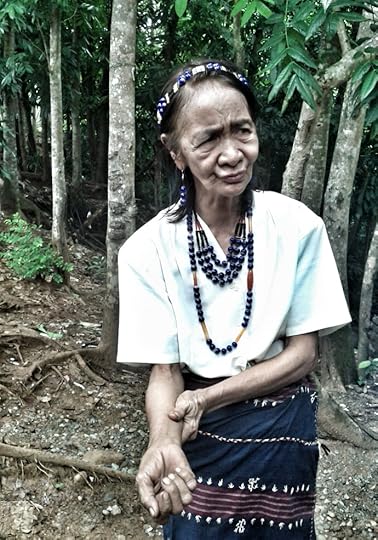
Norma Agaid sporting an authentic Tingguian attire. Notice the “frog” pattern in her skirt. Traditionally, this is worn during the rainy months in the belief that this will please the gods and their ancestors in giving them the best out of the planting season.
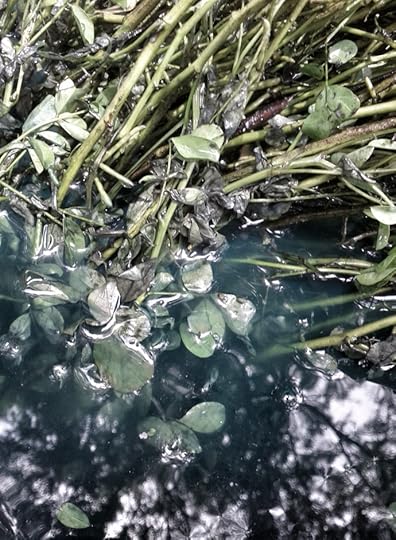
the malatayum plant produces the colour indigo that will later be used in dyeing textiles with various shades of blue.
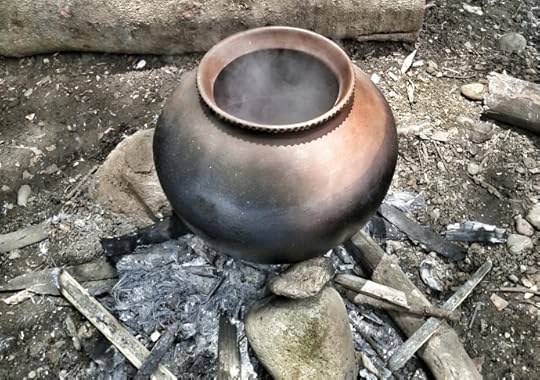
Brewing narra barks in this earthenware produces the colour brown sap. The narra is the national tree of the Philippines.
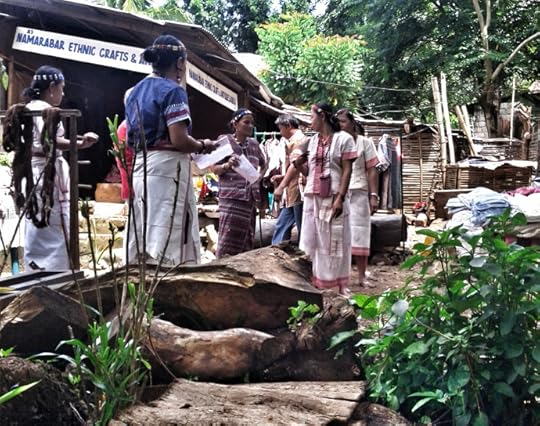
The Tingguian women — in their native backstrap-woven clothes — preparing to serenade the What I See team with a traditional welcome song that they composed only a few minutes before we arrived.
The charm of Abra stems from the fact that it is not at all in the tourism map. Indeed, it is highly ignored by outsiders. Hence, our experience in this rustic province can only be as natural and authentic as we can get. Indigenous dyeing is obviously a dying art. It is important to shed light into it as it is a part of the bigger “Filipino identity and local artistry” that most of us Filipinos tend to take for granted.
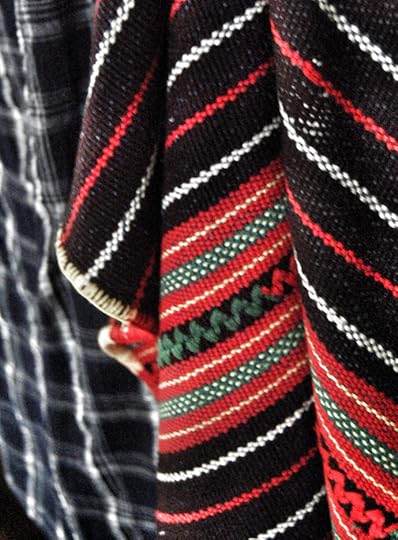
Tingguian designs are largely linear and simple, but are assigned with many meanings. Some textiles are reserved for use only during special occasions such as birth-giving, nuptials, and harvesting. The vividness of colours in this shroud only suggests the level of mastery they have in controlling the strength of the dyes they make from readily available sources around them.
Paco Guerrero, whose background is no less than Anthropology, could not have described the Tingguians any better, “In the forest, they do not only see trees and plants. They see colours.”
The post Abra, The Philippines: The Tingguians, Bamboos, and the Art of Dyeing appeared first on We Said Go Travel.
We Said Go Travel
We Said Go Travel is a global community of over sixteen hundred writers with articles from every continent.
Stories are shared with photos and video from a perspective of the transformative power of travel. We Said Go Travel has hosted live and online events as well as travel writing contests around the world. ...more
- Lisa Niver's profile
- 57 followers


